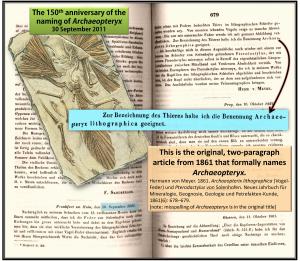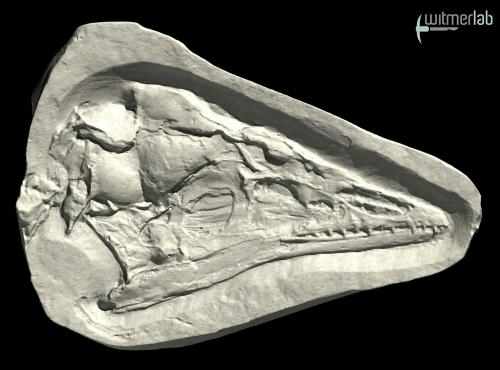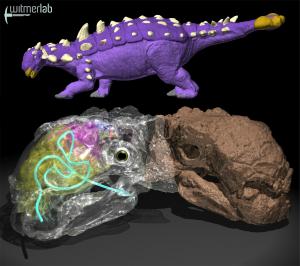
The actual 1861, two-paragraph article with the single, controversial sentence pulled out that names Archaeopteryx lithographica.
It was 150 years ago today, on 30 September 1861, that Hermann von Meyer gave the name Archaeopteryx lithographica to the feathered animal that fluttered over the Solnhofen lagoon in Late Jurassic Bavaria. At right is the entire published article…a scant two paragraphs, only one of which is devoted to Archaeopteryx. In that one paragraph he announced the discovery of a feathered skeleton, to go along with the isolated feather that he had announced six weeks earlier. For decades later, scholars argued over his key statement: “For the denomination of the animal I consider the term Archaeopteryx lithographica as appropriate” (the original German sentence is pulled out in the illustration). He named the animal, but not a specimen. Modern rules dictate the designation of a “holotype” specimen that officially bears the name. Should it be the feather, the skeleton, or neither? I discussed this debate a little in my first Archaeopteryx sesquicentennial post, but the result has been that the skeleton—now known as the London Specimen (BMNH 37001)—is the holotype. Happy 150th Birthday, Archaeopteryx! To celebrate, WitmerLab is launching today a website with five sets of interactive 3D PDFs of skull or skull parts of three Archaeopteryx specimens, including the one von Meyer announced 150 years ago today. It’s all open access and freely downloadable!



